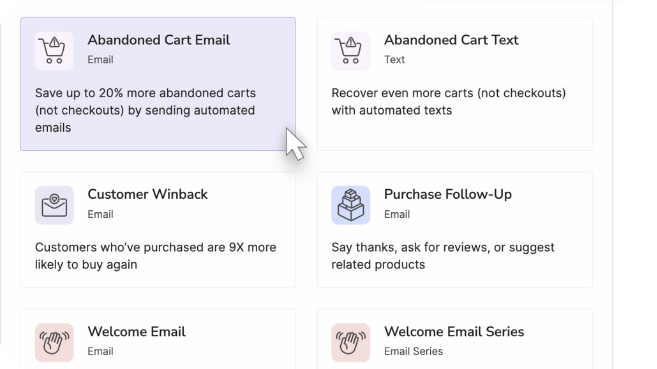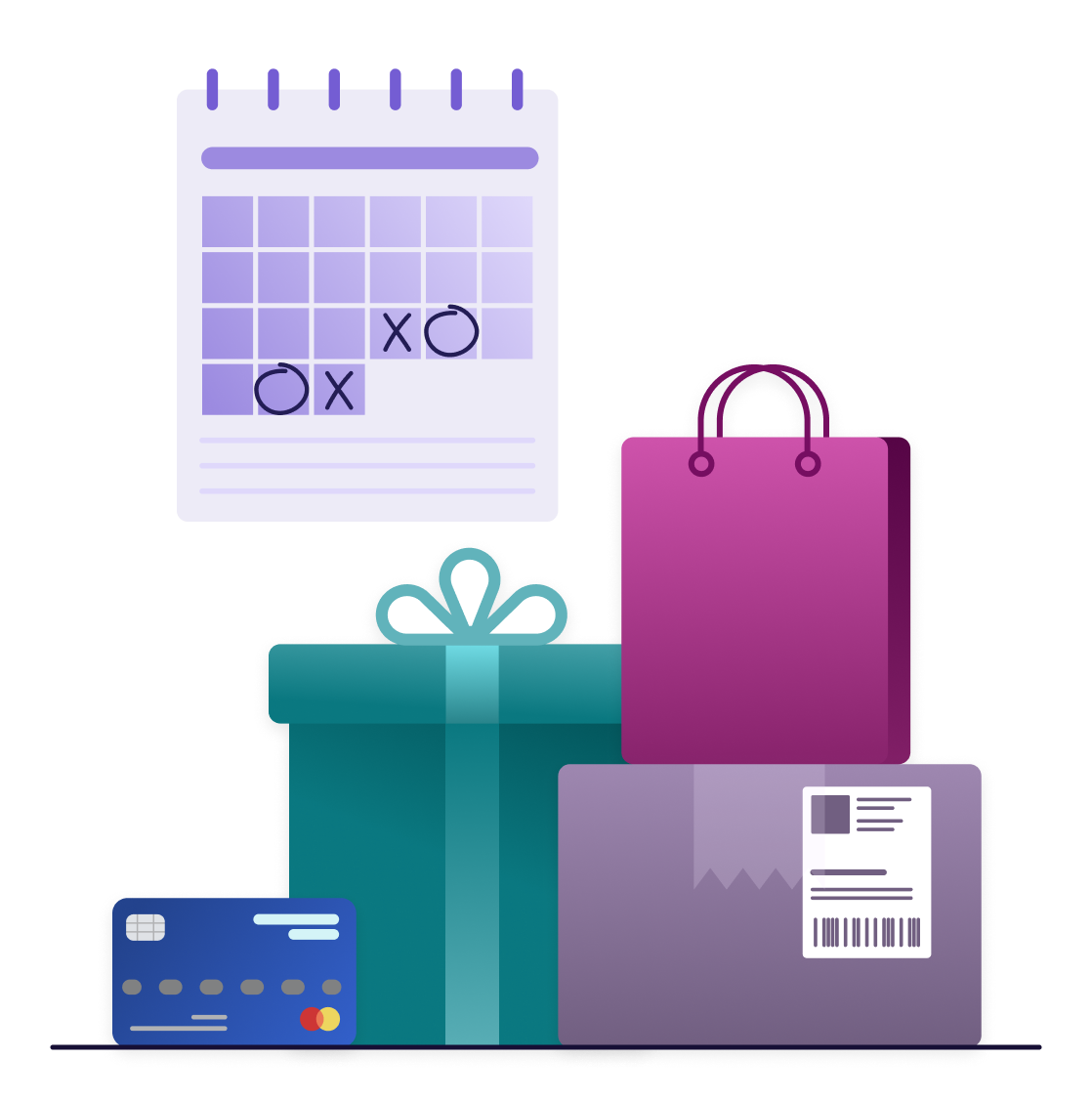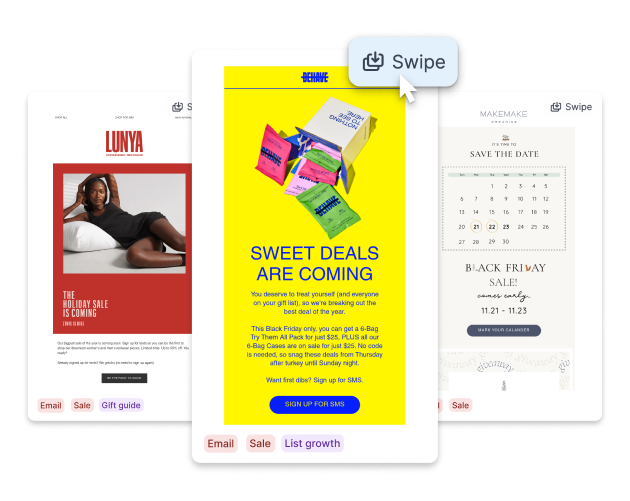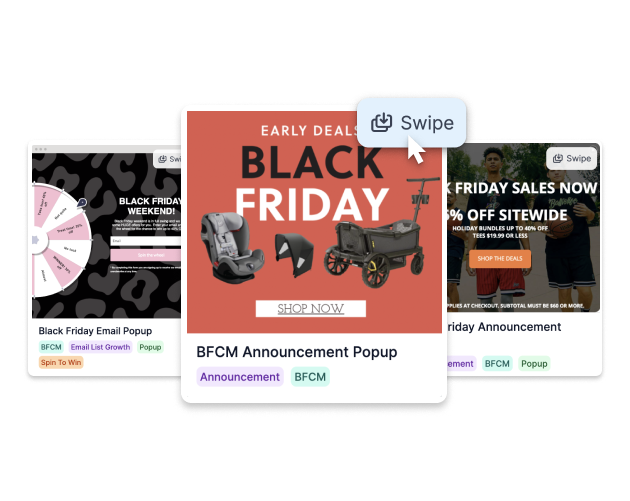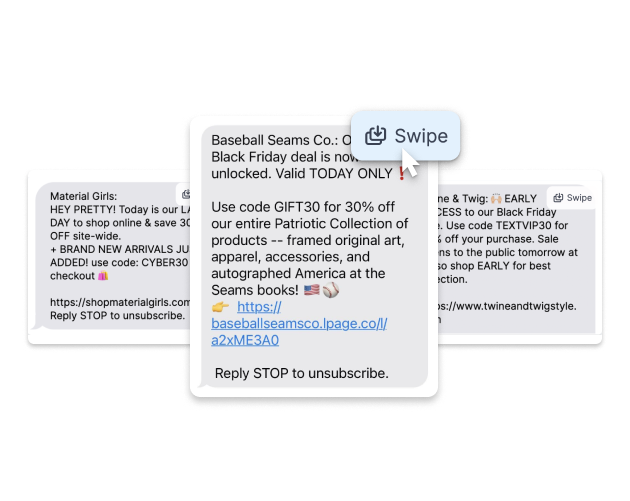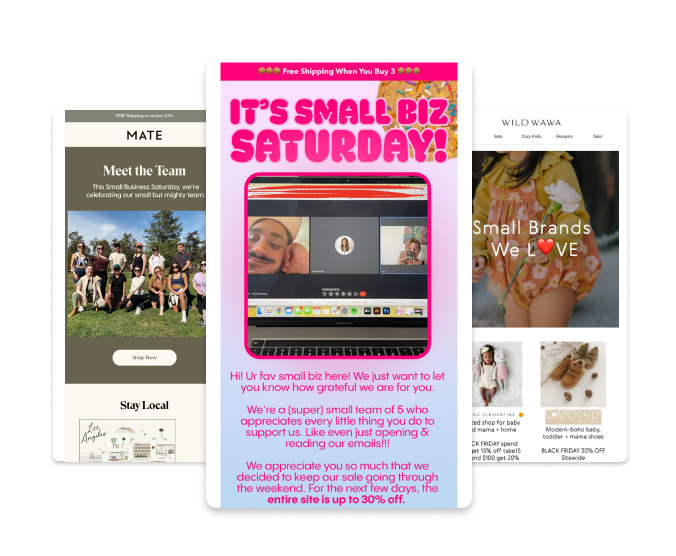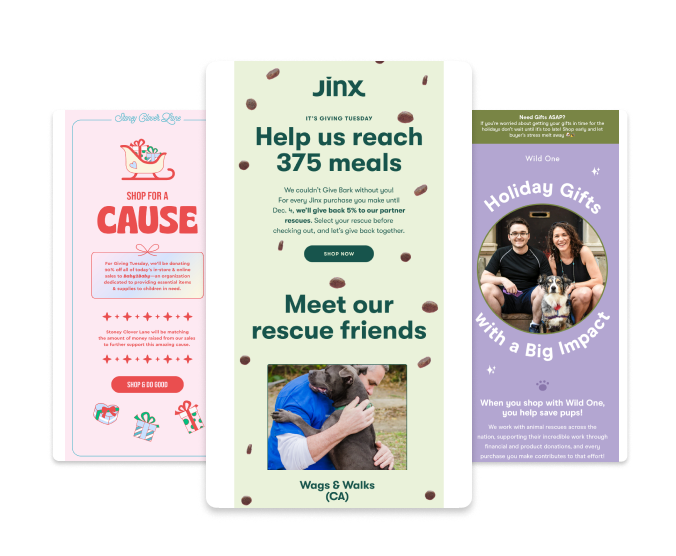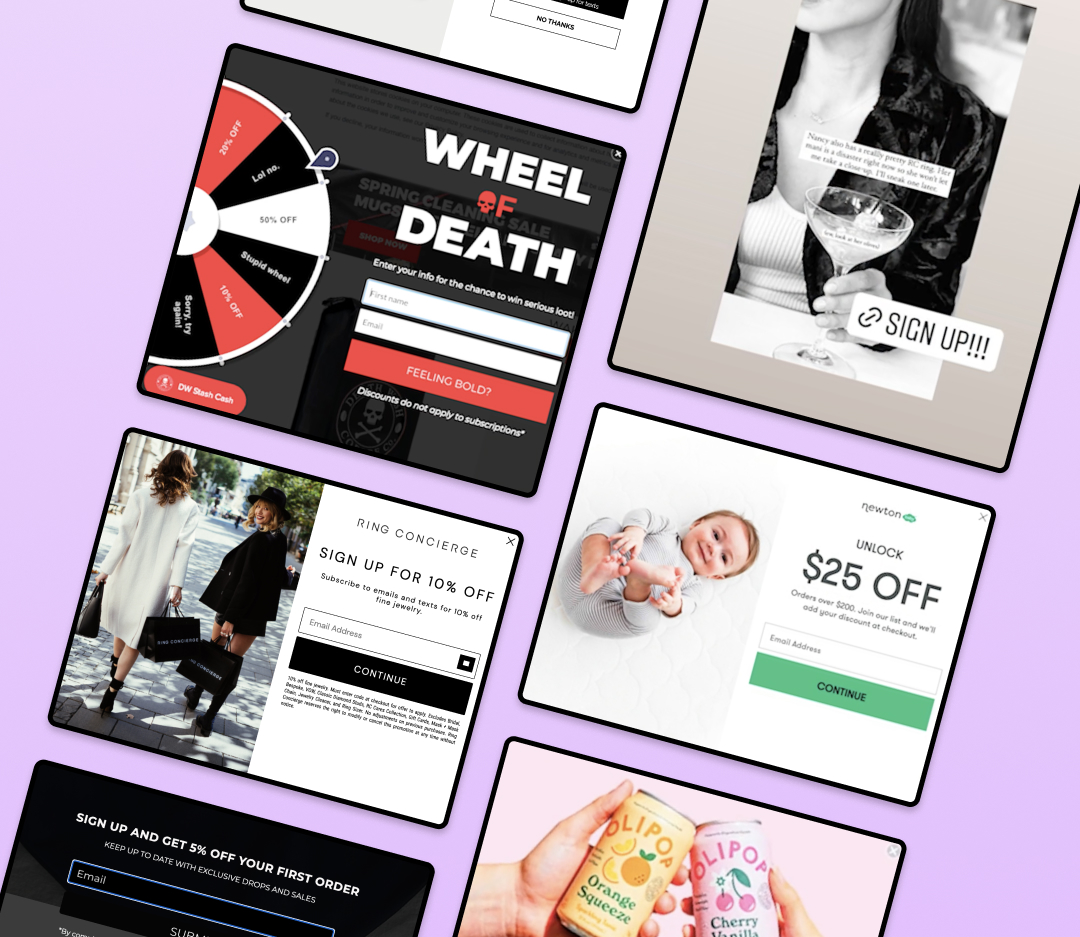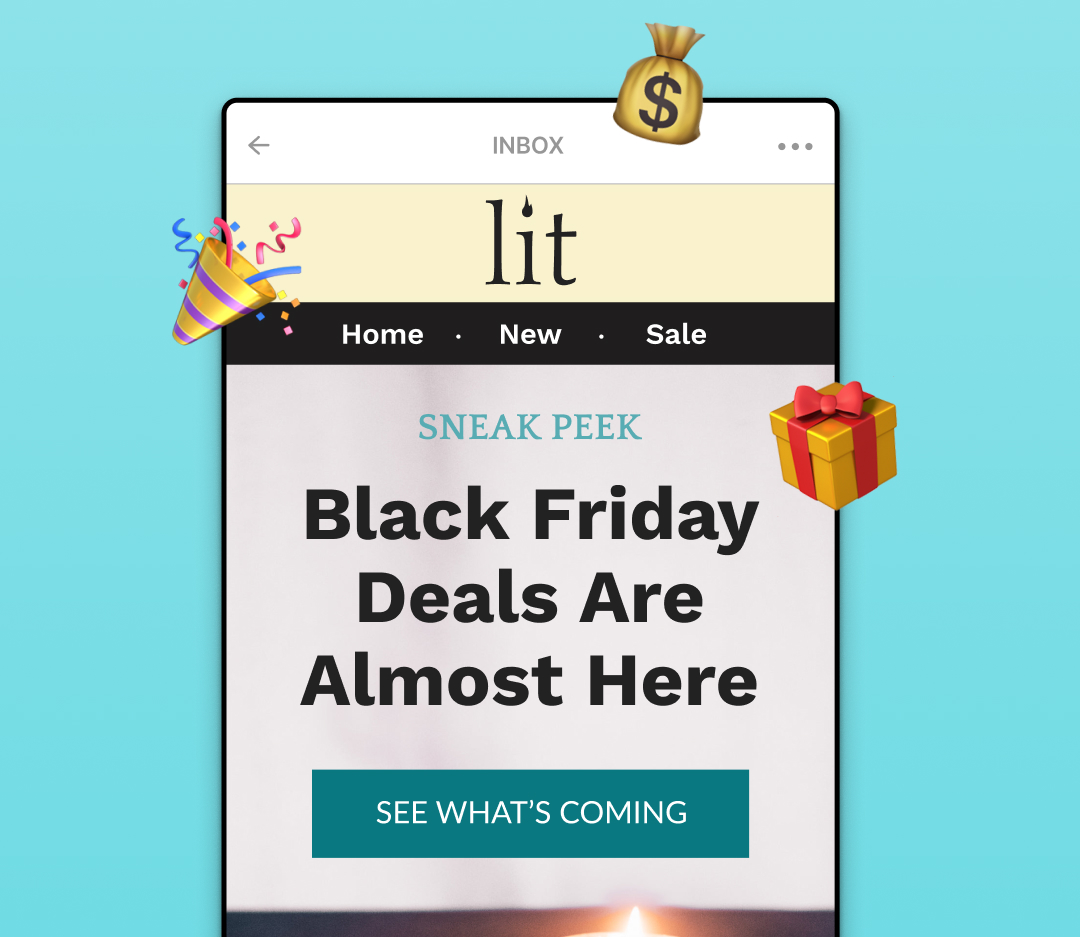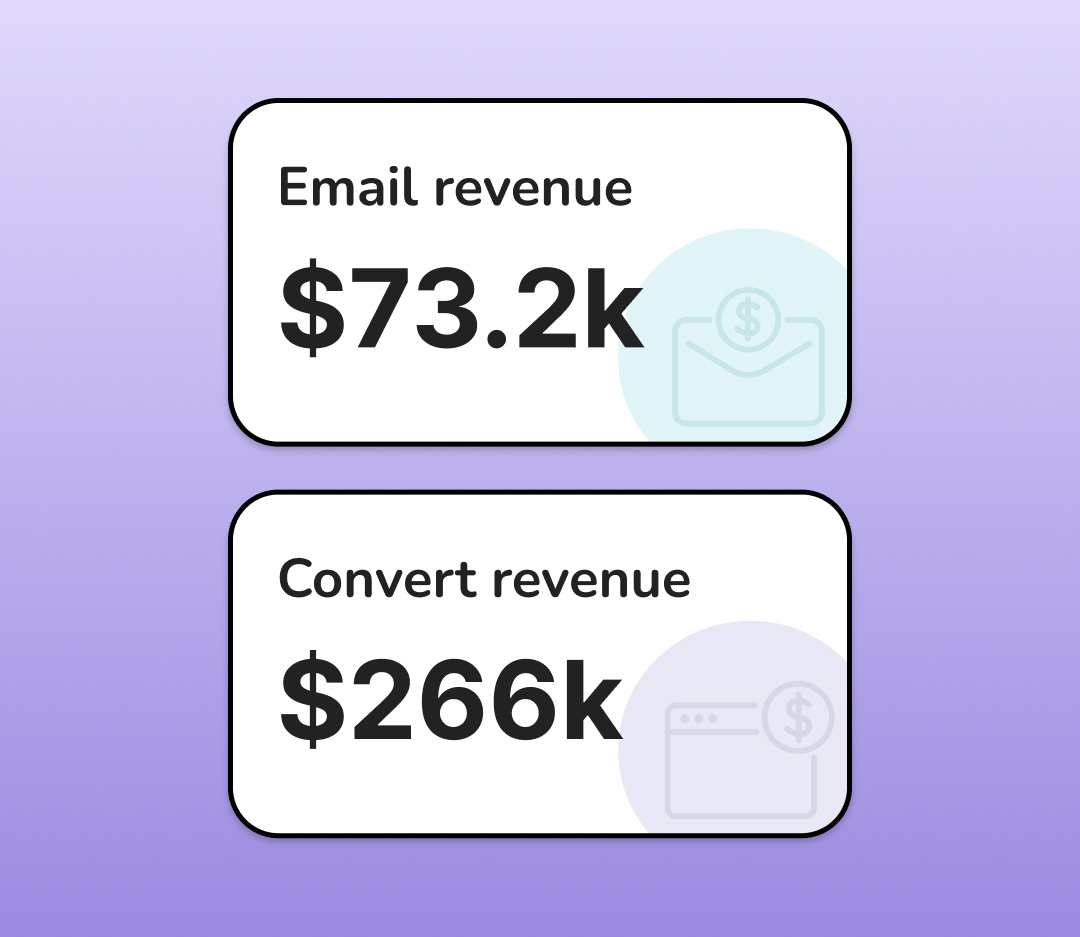Black Friday Cyber Monday
BFCM 2024
All the resources you need to make BFCM 2024 your best one yet.
Cyber Weekend Begins In:
- days
- Hours
- Minutes
- Seconds
Are you ready for the busiest time of the year?
This page includes:
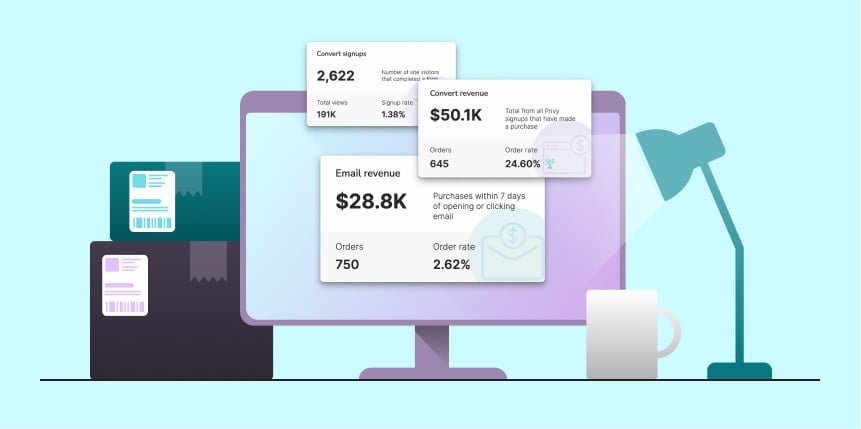
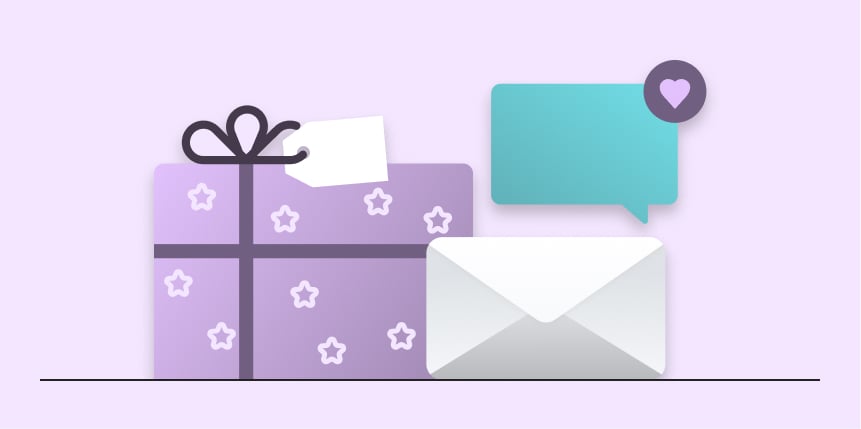
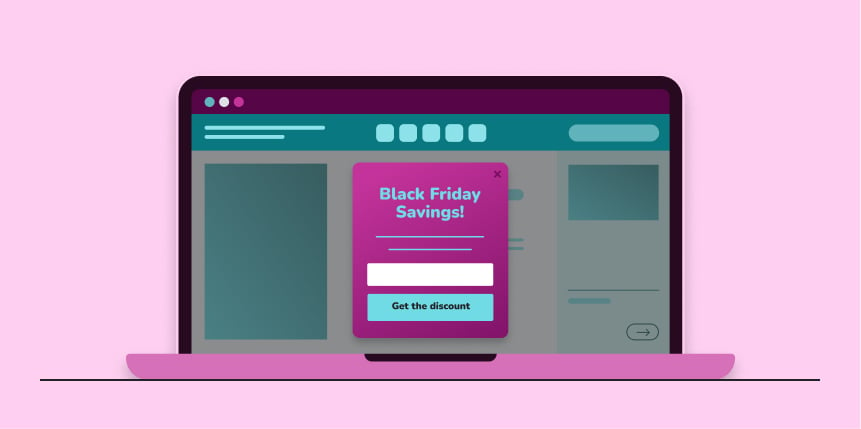

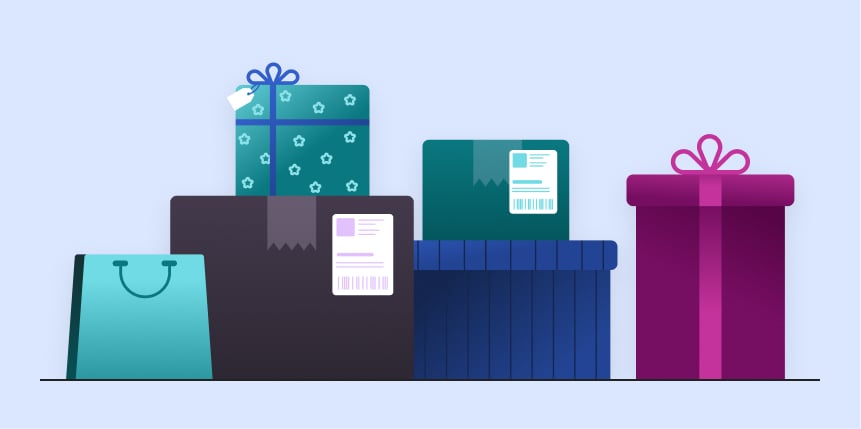
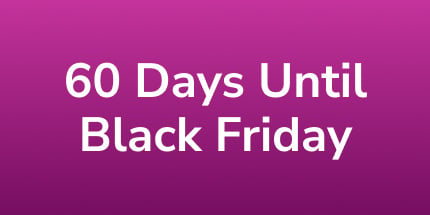










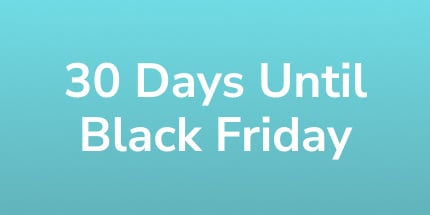














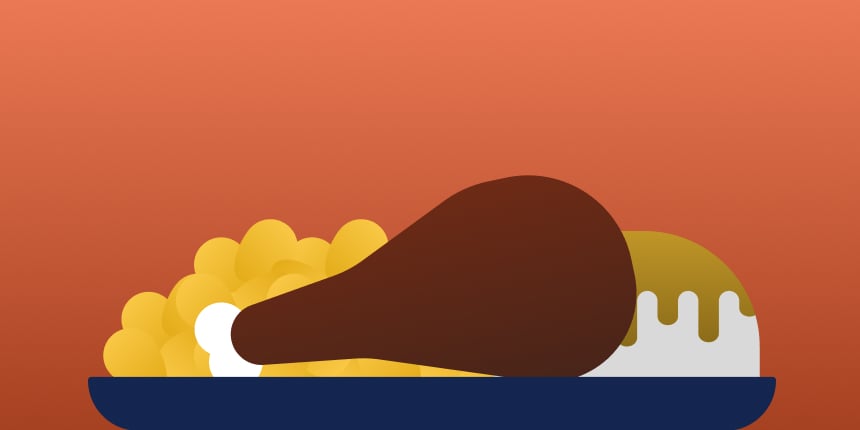
















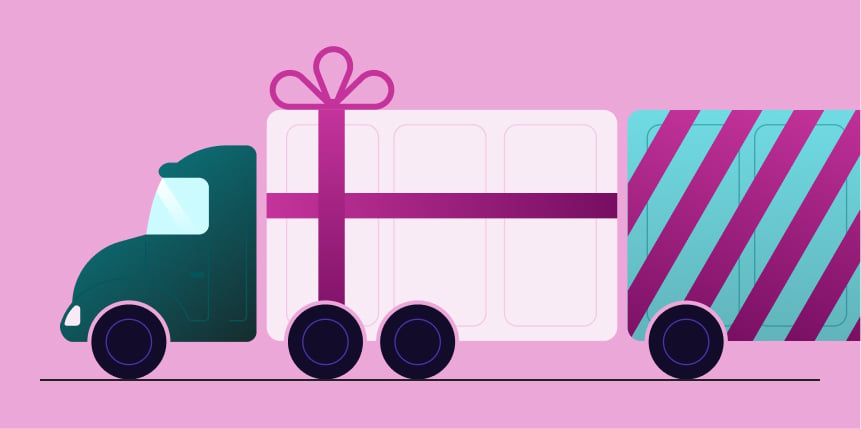

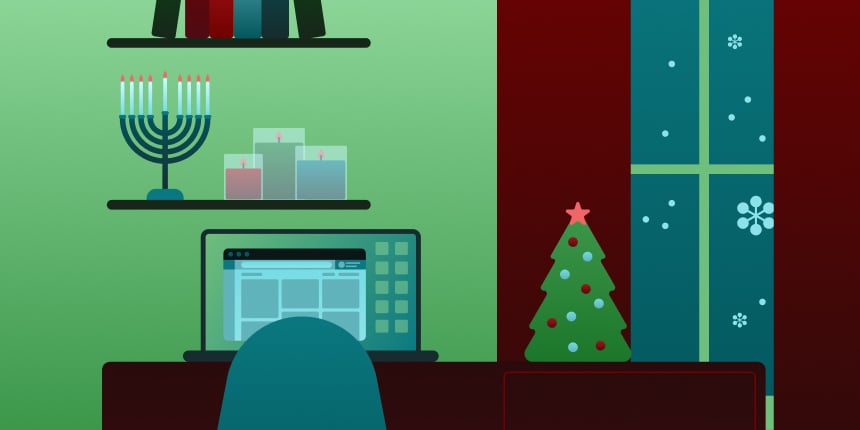
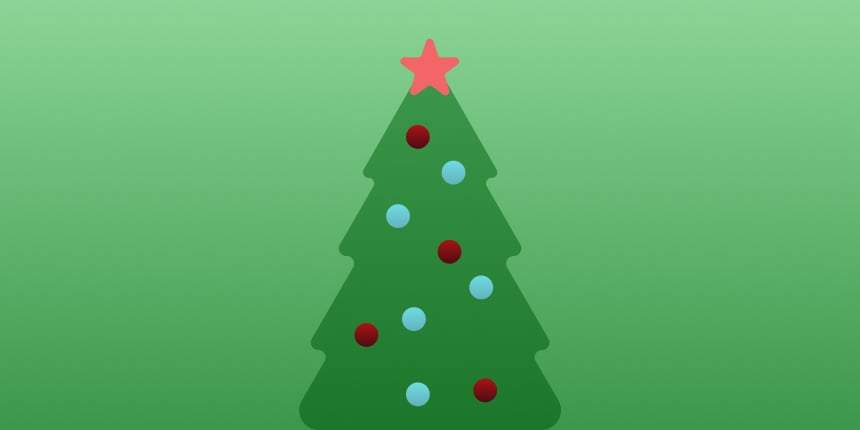

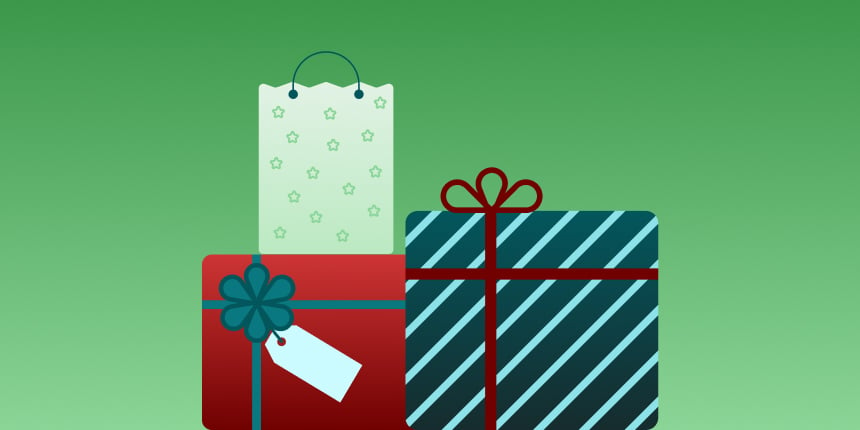










Our calendar will guide you through...
Growing your lists
Convert your store traffic into mailable contacts with welcome popups, spin-to-win wheels, cart savers, and other list growth methods before BFCM.
Planning your offers
Plan your BFCM offers ahead of time. Promote them to your email or SMS lists + VIP customers leading up to the holiday shopping season.
Scheduling your sales
Schedule your holiday sales emails and promotions. Automate your welcome emails, abandoned cart emails, and abandoned cart texts.
CLICK-TO-COPY SMS TEMPLATES
Need even more inspiration??
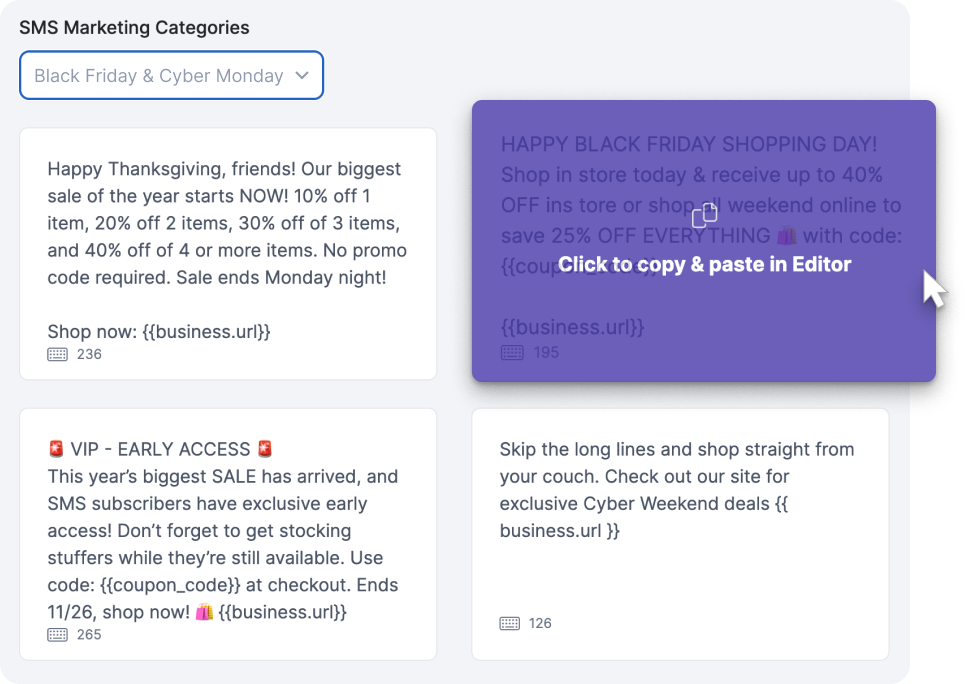
Easy-to-read blog articles
Read in-depth strategies and examples to try out this BFCM.
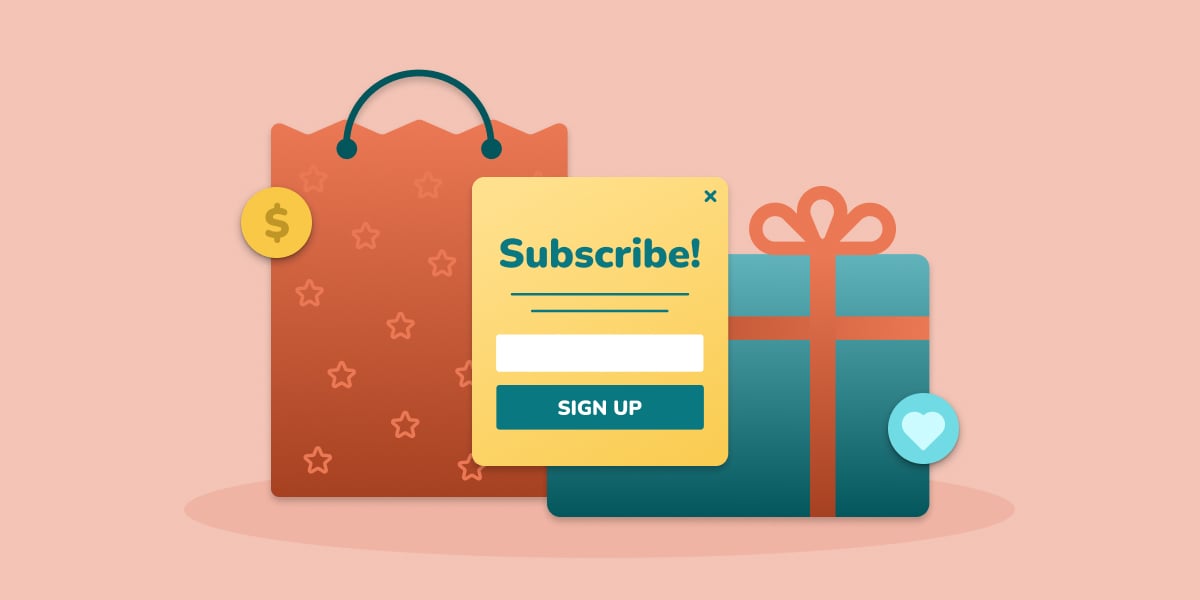
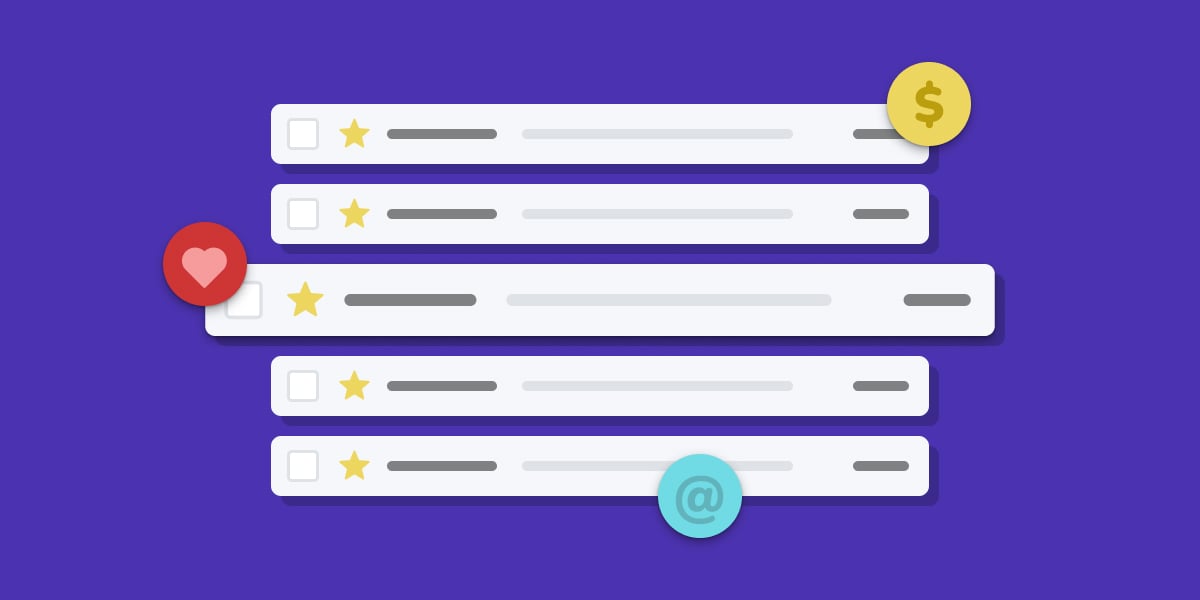
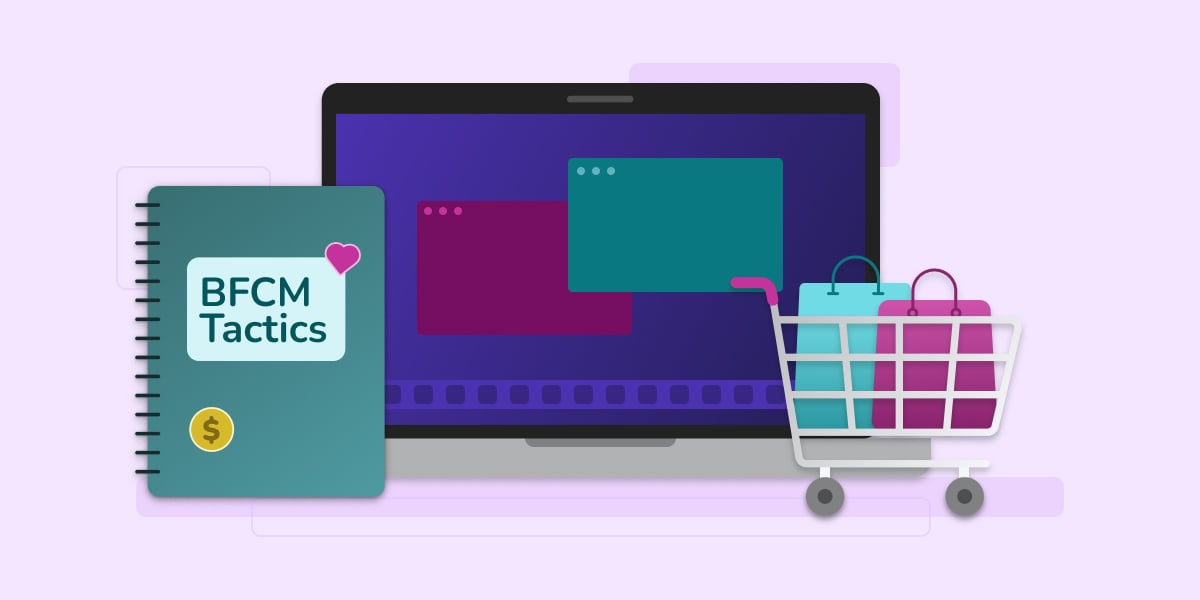
On-demand tutorials
Watch more on the Privy YouTube Channel
Drive results with Privy this Black Friday
Prep the right way before Cyber Weekend. Get your first campaign live in minutes.

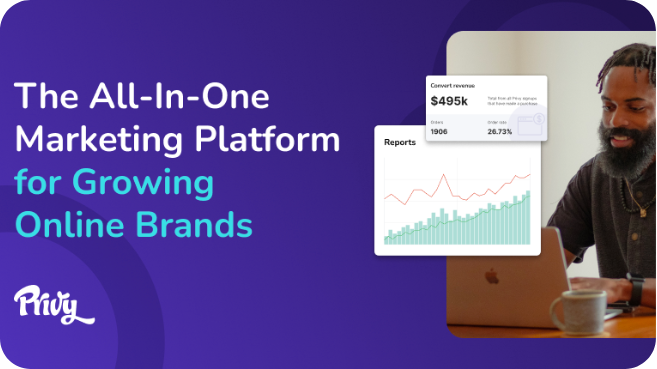
.jpg)
